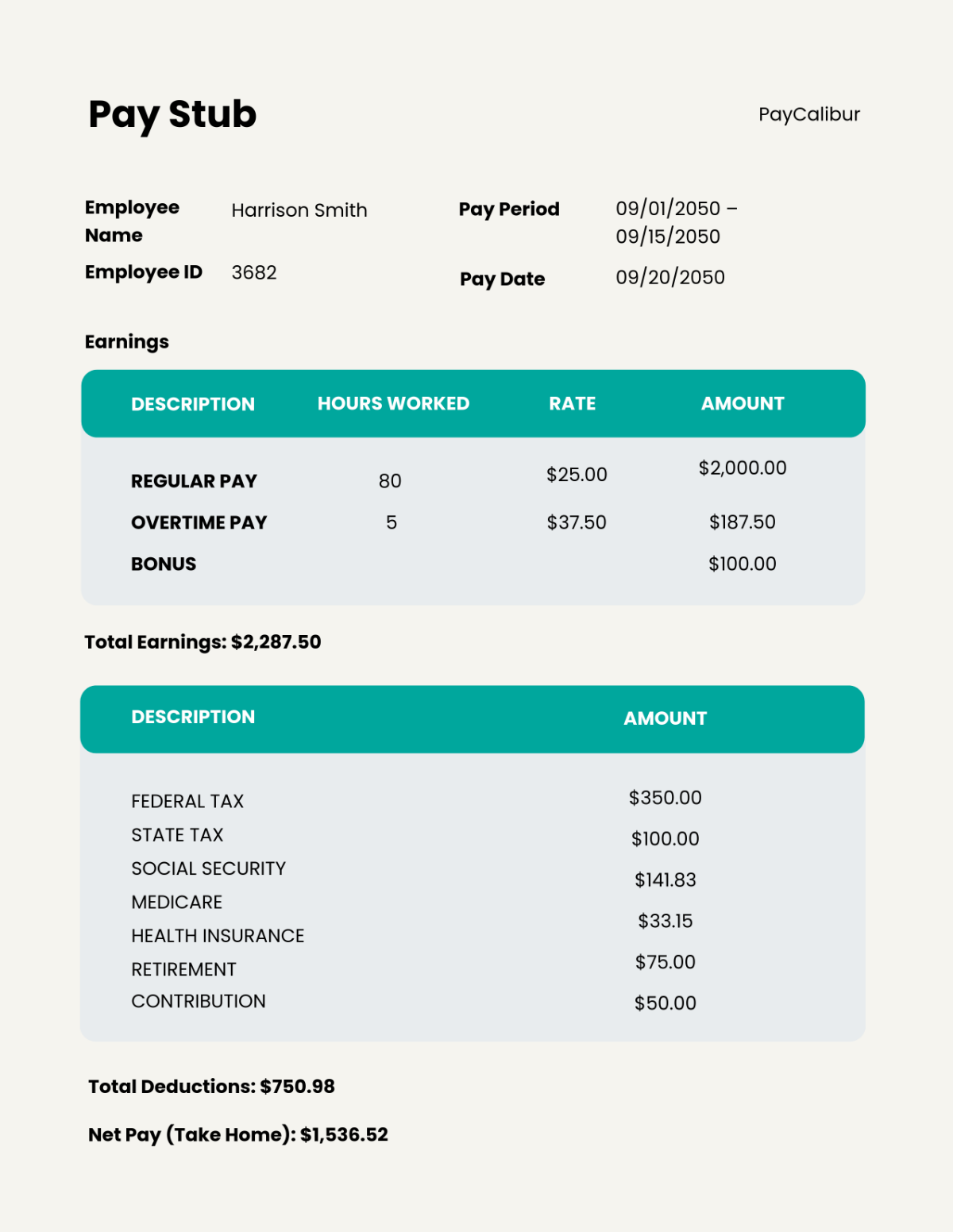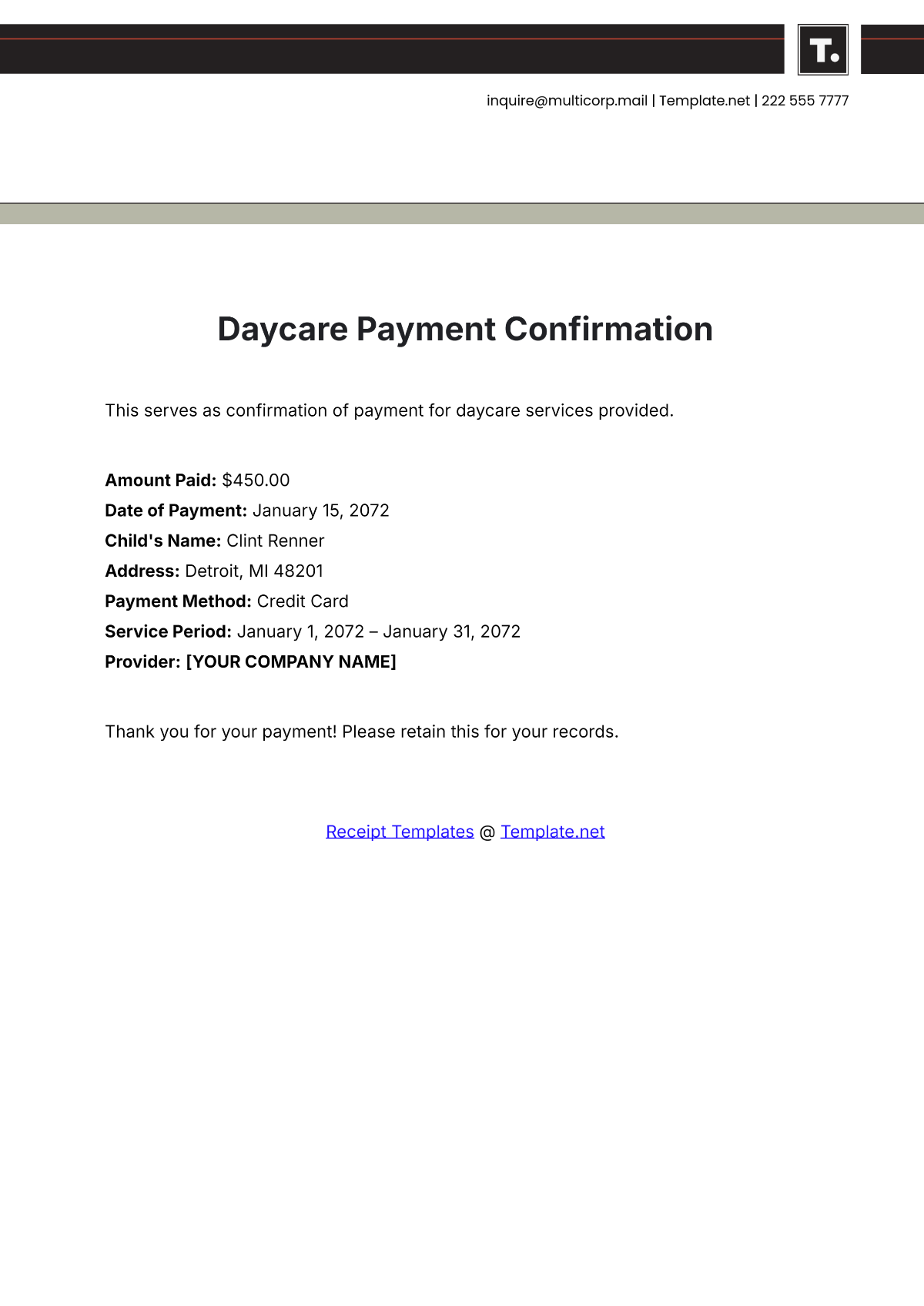Finance Payroll Case Study
I. Introduction
In the evolving landscape of business finance, [Your Company Name] embarked on a transformative journey to address longstanding challenges within its payroll operations. Established in [20xx] and located in the heart of [Your Company Address], [Your Company Name] is a leading software development firm with over [Number] employees. Despite its innovative solutions and products, [Your Company Name] faced significant payroll management issues that hindered its operational efficiency and employee satisfaction.
This case study delves into the challenges, solutions, and results of revamping the company's payroll system, providing valuable insights and lessons for businesses facing similar issues.
II. Situation Analysis
Pre-Implementation Scenario
Before the strategic overhaul, [Your Company Name] relied on a cumbersome and outdated payroll process. The methodology included a combination of disparate systems: multiple spreadsheets were used to track hours, physical timesheets were filled out by employees, and payroll administrators manually entered data into a basic payroll system. This semi-manual approach was not only time-intensive but fraught with opportunities for human error.
The bi-weekly payroll became a dreaded period for the finance department, as staff often worked overtime to ensure employees were paid, albeit frequently with mistakes in calculations or delays. This process was not only inefficient but also opaque, offering little to no analytical insight into payroll trends or employee compensation data.
Identified Issues
Inefficiency and Errors: The manual nature of the legacy system meant payroll staff spent excessive time entering data, cross-referencing timesheets, and rectifying mistakes. Common errors included incorrect tax withholdings, misapplied benefit deductions, and inaccurate recording of employee hours. These errors had a cascading effect, leading to rework and further delays in the payroll cycle, impacting nearly every payroll run.
Compliance Risks: Payroll is subject to a myriad of constantly evolving tax laws and employment regulations. The old system's lack of updates and manual tracking mechanisms made compliance with these changing regulations a significant challenge. This exposed [Your Company Name] to severe compliance risks, including potential fines, audits, and legal repercussions, threatening the company's financial stability and reputation.
Employee Dissatisfaction: Frequent inaccuracies in paychecks and delayed payments led to growing frustration and discontent among employees. The trust in the company's financial processes eroded, leading to low morale and, in some cases, increased turnover. The situation was exacerbated by a lack of transparency and difficulty in rectifying errors, as employees struggled to understand their pay breakdowns and rectify discrepancies
Impact on Business
The legacy payroll system significantly strained the company's resources and affected its overall operational efficiency. Financial teams were diverted from strategic financial management to rectify ongoing payroll issues. The business also faced indirect costs from employee dissatisfaction, including reduced productivity and increased turnover, which further drained resources and affected the company culture.
Moreover, the lurking threat of non-compliance with tax laws and labor regulations puts the company at constant risk of financial penalties and reputational damage.
III. Solution Implementation
Chosen Solution
After a thorough market evaluation and internal needs assessment, [Your Company Name] selected a comprehensive cloud-based payroll system. The new system offered end-to-end automation of payroll processes, including time tracking, payroll calculations, tax filing, and benefits management. This integrated solution was chosen for its robustness, scalability, and ability to provide a single source of truth for all payroll data. Key features that stood out included its user-friendly interface, customizable reporting capabilities, and compliance updates corresponding with the latest tax laws and regulations.
Implementation Process
Preparation: To ensure a smooth transition, a dedicated project team comprising members from HR, finance, and IT was formed. The team's first task was to perform a detailed audit of the existing payroll process and identify specific needs and goals for the new system. This phase also involved defining the project timeline, milestones, and success metrics.
Data Migration: Migrating data from the old system to the new was a critical and delicate step. Historical payroll records, employee details, and other pertinent data were carefully transferred. This process was accompanied by rigorous data integrity checks and validation to ensure that all information in the new system was accurate and complete.
Integration: Seamless integration with existing HR and accounting systems was crucial to ensure a unified flow of data across the organization. The integration phase focused on establishing secure, real-time data exchanges between systems, thereby enhancing data accuracy and availability.
Training: Comprehensive training programs were rolled out to ensure that both the payroll staff and employees were comfortable with the new system. This training covered everything from basic navigation to more complex functions like report generation. Ongoing support and training materials were made available to address any subsequent queries or issues.
Rollout: The new system was launched after a meticulous preparation period, with the first few payroll cycles closely monitored to address any teething problems. The initial phase acted as a pilot, allowing the team to fine-tune processes and make adjustments where necessary.
Challenges Overcome:
Adopting a new system is often met with resistance, and [Your Company Name]'s experience was no different. Employees were initially wary of the new processes, and there was a significant learning curve associated with the new technology. The data migration phase presented its own set of challenges, requiring meticulous planning and execution to ensure accuracy.
To overcome these challenges, the company employed clear, continuous communication about the benefits and updates regarding the transition. Regular feedback sessions were instituted to listen to employee concerns and make necessary adjustments. Rigorous testing and contingency planning ensured that payroll processing remained uninterrupted and accurate during the transition.
IV. Results and Evaluation
Post-Implementation Scenario:
The implementation of the new cloud-based payroll system marked a significant turning point for [Your Company Name]. The automated system reduced the time and effort required for each payroll cycle from several days to a matter of hours. Real-time data tracking ensured accurate recording of work hours and leave, dramatically reducing the error rate. Moreover, the system provided valuable insights through customizable reports and dashboards, aiding in better financial decision-making and strategic planning.
Measurable Outcomes:
The improvements were evident in several key areas:
Metric | Pre-Implementation | Post-Implementation |
|---|---|---|
Processing Time | 3 days | 5 hours |
Error Rate | 2% per cycle | 0.1% per cycle |
Employee Queries | 50 per month | 5 per month |
Compliance Penalties | $20,000 annually | None |
Employee Feedback
Employees reported higher satisfaction with the timely and accurate payment of salaries. The self-service feature of the new system allowed them to view pay stubs, request leaves, and update personal details online, further enhancing their experience.
V. Lessons Learned and Next Steps
The journey to revamping [Your Company Name]'s payroll system was filled with valuable lessons, strategic realignments, and a clear pathway for future improvements. The transformation not only changed how the company managed payroll but also brought to light broader implications for business processes and employee satisfaction.
Key Takeaways
Change Management is Critical: One of the most crucial lessons was the importance of managing change effectively. Initially, there was resistance from employees and management due to the unfamiliarity and perceived complexity of the new system. The company learned that the successful implementation of such systems goes beyond the technical aspects; it requires careful planning, communication, and support to ensure that all stakeholders are on board and understand the benefits. Clear, consistent communication and involving employees early in the process helped to alleviate fears and build a collective understanding of the new system’s value.
Data Integrity and Security are Paramount: The transition highlighted the importance of maintaining the integrity and security of payroll data. Errors during data migration can lead to significant issues down the line, affecting employee trust and the company’s financial reporting. It was learned that investing time in verifying and cleaning data before migration, and ensuring robust security measures are in place, are critical steps in any system implementation.
Training and Support are Ongoing Needs: The company realized that training and support cannot be a one-off activity. As new features are rolled out and as the workforce changes, ongoing training ensures that all users can utilize the system effectively. Support mechanisms, whether internal or provided by the vendor, need to be responsive and helpful to address any issues promptly.
Scalability and Flexibility of Solutions: The business environment is ever-changing, and so are technology and regulatory requirements. [Your Company Name] learned the importance of choosing solutions that are not just fit for the current needs but are scalable and flexible enough to adapt to future changes. This foresight is crucial in avoiding the need for frequent, disruptive system changes.
Involvement of Cross-Functional Teams: The project underscored the value of involving diverse perspectives and skills from across the organization. Input from the HR, IT, finance, and even end-users led to better decision-making and a more smoothly implemented system that addressed a broader range of needs and concerns.
Next Steps:
Continuous Improvement and System Updates: Technology and regulations will continue to evolve, and the company plans to regularly review and update the payroll system accordingly. This involves staying informed about the latest payroll trends, technological advancements, and regulatory changes, ensuring that the system remains efficient, compliant, and aligned with the company’s needs.
Expanding Functionality and Integration: [Your Company Name] intends to leverage the full potential of the new system by exploring and adding more functionalities. This could include more in-depth analytics for strategic decision-making, or integration with other business systems such as ERP or advanced HR modules, to create a more cohesive and efficient technological ecosystem.
Feedback Mechanisms: Implementing more formalized feedback mechanisms from users to continuously improve the system's usability and effectiveness. Regular surveys, suggestion boxes, or user forums could be used to gather valuable insights and suggestions from employees and managers.
Fostering a Culture of Innovation: Encouraging a company-wide culture that embraces change and innovation will be a focus. This involves recognizing and rewarding teams and individuals who contribute ideas or take initiative in optimizing and using the new system effectively.
Planning for Future Needs: As the company grows and evolves, its payroll needs will also change. [Your Company Name] is committed to periodically reassessing its payroll system to ensure it meets the expanding and changing needs of the business. This might involve adding new modules, expanding to new geographies, or integrating more advanced AI and machine learning capabilities for predictive analytics.
VI. Conclusion
The implementation of a new, integrated payroll system transformed [Your Company Name]'s approach to payroll management, resulting in significant time savings, error reduction, and enhanced compliance and employee satisfaction. This case study highlights the importance of adopting modern payroll solutions in today's fast-paced business environment and provides a roadmap for others facing similar challenges. By embracing technology and focusing on continuous improvement, [Your Company Name] has set a new standard for efficient, reliable payroll processing.

















































